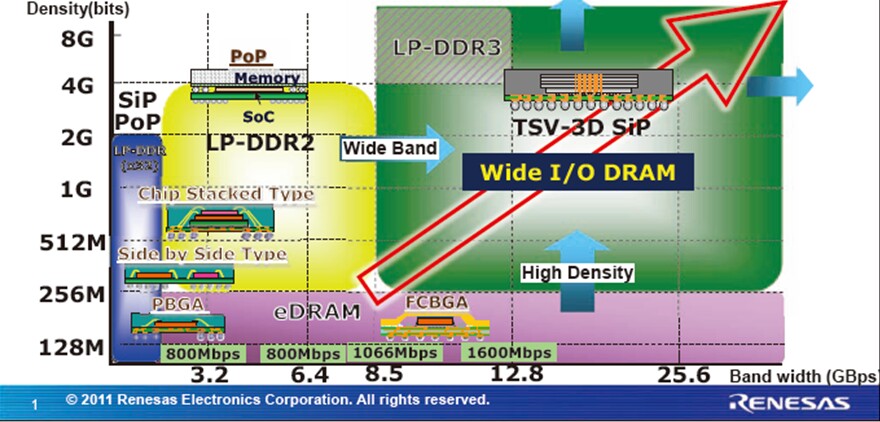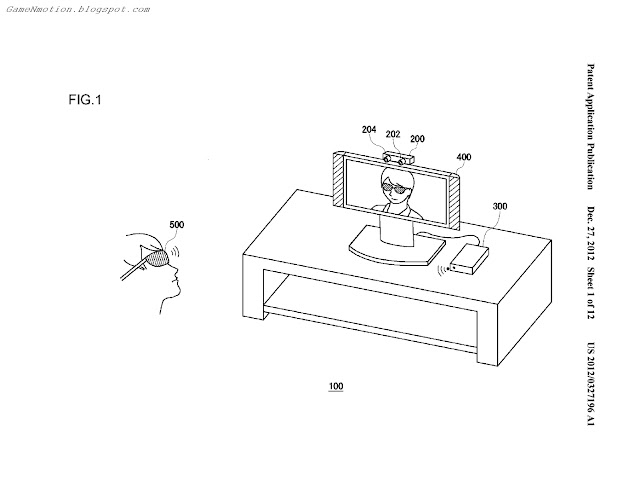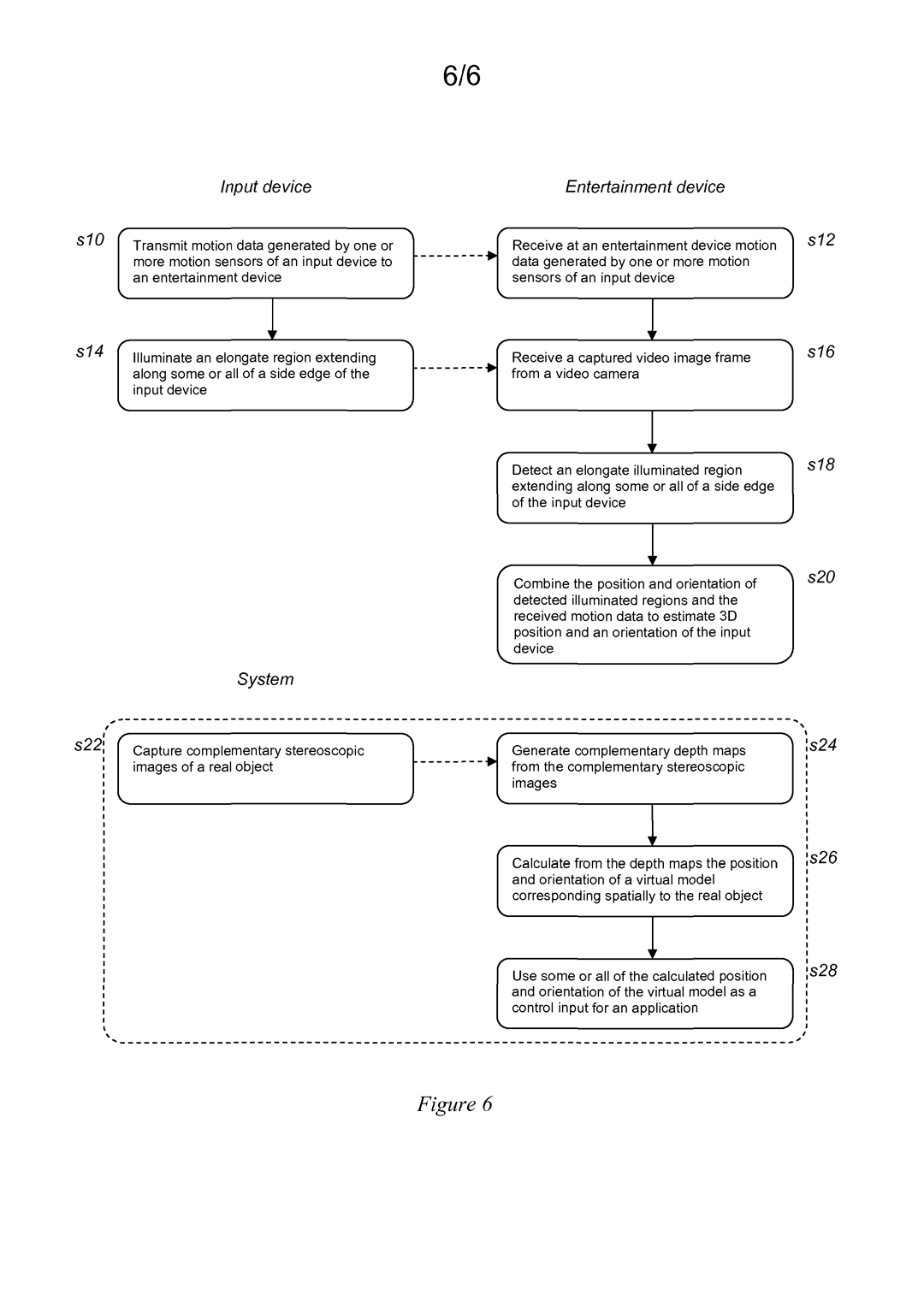Speculation still stands - they go with GDDR5, purely for the sake of bandwidth, now and then switch to wide IO DDR4 later for long term efficiency and cost benefits. Seems the most rational situation. All depends on what the final development units are comprised of
This might be true if Wide IO was not ready but the AMKOR PDF proves it is ready and "projects" are being assembled.
The reasoning behind wide IO DDR3 in a console is not as obvious as in a handheld for battery life.
Both Sony and Microsoft will be supporting
XTV/IPTV/RVU and that requires a always on when the TV is on design. GDDR5 would use 2-5 times more power than all the other components combined. Last year's figures and there are lots of variables:
DDR3..................7 watts...........68GB/sec (256 bit)
GDDR5............. 40 watts.........200GB/sec (you can reduce power by going higher than 256 bit and reducing the clock speed)
WideIO DDR3......2 watts.........200GB/sec (1024 bit)
The above can be reduced by turning off banks, slower clocks in special modes or using smaller node (20nm) memory.
The point is power use will be regulated in the above modes. GDDR5 can't be used! Roku boxes and Apple TV use on the order of 5 watts. You can even have a USB stick that plugs into a TV that supplies Android/IPTV functionality and is powered by the USB port.
Ravage said:
Question: Is the possibility/benefit of memory stacking exclusive to Orbis because of its 176gb/s target?
No, both have the same feature targets so both have the same design goals. BOTH should be using wide IO memory. It is possible to have a cheaper design with DDR3 and a eDRAM cache but
the Sony lecture stated 5X PS3 memory bandwidth (100GB/sec) to support 5 (300FPS) video streams and 4 video streams @ 1080P are needed to support glassless 3D on a 4K TV. That can't be supported by the current Durango DDR3 (68GB/sec & 7 Watt) speculation. Microsoft will want to support glassless 3D on a 4K TV also so wide IO 512 bit is a MINIMUM for both consoles.
At the same time in supporting glassless 3D on a 4K TV, the added bandwidth also allows multi-stream Augmented Reality support for 2 head mounted camera and S3D glasses as well as a S3D TV at the same time. Also
EyeFinity can be supported (Supporting multiple independent display outputs simultaneously).
If Durango does not support Wide IO memory then only one pair of S3d glasses AND ONLY 2D on the TV and no glassless S3D support on a 4K TV. Look at the accessories already announced, the whole room video overlay projector and think about video bandwidth....Microsoft is finding uses for the Wide IO bandwidth.
This requires more bandwidth than can be supplied by just DDR3, it requires wide IO DDR3:










